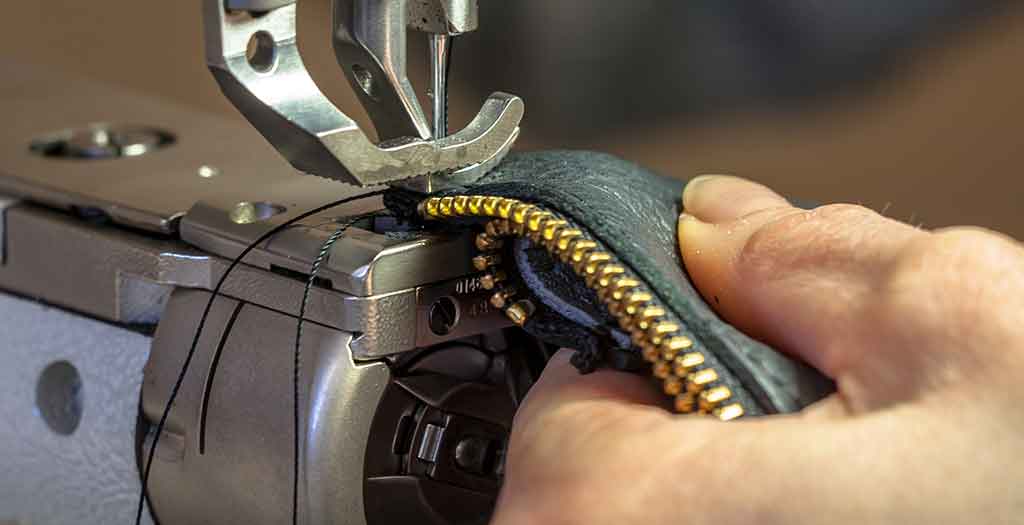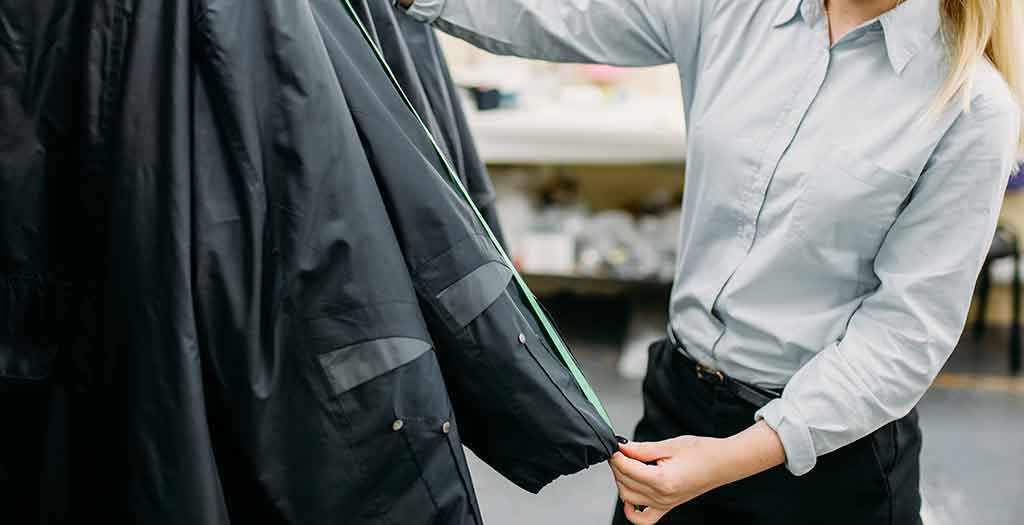How to Conduct Quality Inspection for the Garment Industry?
Quality control is an important process in all industries – irrespective of the niche and size. Here, in today’s guide, we take a closer look at the quality control for the garment industry.
Why Quality Control Matters?
Ultimately, your products are what carry your brand image. Poor quality products not only tarnish your brand reputation but could lead to customer dissatisfaction, which in turn causes a reduction in sales. And, not to forget in today’s social media era, it’s too easy for a single dissatisfied customer to spread the word quickly to other potential customers.
The best way to meet customer expectations is by providing them with high-quality products. And, you cannot deliver high-quality products with a comprehensive quality control strategy.
Quality control should happen at every step of the process – right from production to final delivery. Only when a brand has extensive quality control in place, it can ensure that customers receive defect-free products every single time.
Quality Control for the Garment Industry

When it comes to quality control for the garment industry, there are plenty of factors to consider. Clothing and accessories are made by humans. Hence, they are more prone to quality defects compared to other mechanical products manufactured in an assembly line.
Quality control inspections happen in every stage, and there need to be designated quality control inspectors to ensure that products of the right quality reach customers. Each part of the garment has to be inspected – measurements, sizing, trim, cloth quality and more.
The actual quality control process for the garment industry depends on the country where the garment is sold and the buyer house. Generally speaking,
Garment Quality Control is divided into Three Major Steps
1. Raw Material Inspection

A finished piece of garment has plenty of raw materials – the cloth, buttons, fabric, zipper and gripper, sewing thread and many more. Simply put, the quality of the garment depends largely on the quality of the raw materials. Hence, it’s crucial that we start by inspecting the quality of the raw materials before starting the sewing.
Here’s all that you need to consider while inspecting the raw materials:
- Start by inspecting the fabric. The fabric used goes through a 4-point or 10-point inspection system. Various factors of the fabric like – dye quality, colorfastness, irritability to the skin, etc. are checked at this stage. Since the fabric comes in direct contact with the skin of the wearer, it has to be thoroughly checked for quality.
- Next, the other raw materials used like trims, zippers, and grippers, and buttons are quality checked. You have to check if these materials are sturdy, of the right color, of the right size, etc. during zipper inspection, the sliders, puller or the pull tab is operated to check if the zipper operates seamlessly. The color of the zipper must suit the finished garment. The zipper has to be assessed whether it meets the other buyer specifications like non-toxic, nickel-free, azo-free, etc.
- Following this, the sewing thread is inspected. The thread determines the life of the garment. Hence, it’s evaluated under the following criteria – tenacity, yarn count, yarn elongation and yarn ply. Additionally, the color of the thread matters a lot. It has to be checked whether the color suits the garment.
- For buttons, the following factors must be checked – size must meet buyer specifications, the color of all buttons should be uniform and similar to what was specified by the buyer, broken buttons, etc.
2. In-Process Inspection
This is the second step of quality control and occurs during the production of the garment. The main reason for this step is to avoid defects during production. Nearly 60 – 80% of garment defects can be eliminated with this step.
Here are a few factors to inspect during this stage:
-
Measurement Tests

When it comes to garments, sizing and fit are major deciding factors. Most consumers highly rate fit and comfort above other factors. With that said, garment measurement is one of the most time-consuming processes during quality control.
Since garments are manufactured solely by manual labor there are plenty of chances for sizing variations. You can avoid this by ensuring that all workers adhere to standard measurement sizes right during production. Finding discrepancies in measurement is easier at this stage rather than later in the process.
-
Fitting Test

Here, the quality control inspector puts the garment on a mannequin to see if it fits correctly. This is a time-consuming process, as the inspector can check only one piece at a time. So, instead of checking every single piece, inspectors use random samples for this quality control check.
We highly recommend that all garment manufacturers stock mannequins across sizes for the fitting test. Alternatively, there are new types of mannequins in the market that can be expanded or contracted to suit different sizes.
-
Fatigue Tests

This involves repeated opening and closing of all fasteners like zippers, buttons, snaps, etc. Generally, each fastener is opened and closed 50 times. The idea here is to check whether the fastener continues to work as intended without any loss of function. Generally, quality control inspectors check two units of each style of the fastener.
-
Stretch Test

In this step, inspectors stretch the fabric to evaluate its elasticity. Elastic fabrics and straps should show proper elasticity without exposing the fibers or revealing broken stitches.
Apart from all the manual tests listed in this stage, garments also undergo laboratory testing. This ensures the quality of the garment.
3. Final Inspection

This is the final stage of the inspection process and is carried out before the delivery of an order. Apart from evaluating the quality of the garment once again, this stage checks the order number as well.
In this step, the quality control inspector chooses a sample lot from the completed order. The sample lot is a percentage of the garments inspected. The size of the sample lot is usually mentioned by the buyer. Once the sample lot is selected, each garment is inspected individually – based on all the factors mentioned above.
Following the inspection, the garments are classified as:
- Critical Defect – This is a serious defect that can injure or harm the user.
- Major Defects – These are defects that fail to mandatory buyer regulations regarding usability and saleability of the garment. The major defects depend on the clauses mentioned by the buyer. Some of the common major defects include:
- Dye patches
- Holes in the fabric
- Panel shading
- Wrong fit/measurement
- Broken buttons
- Not working fasteners, etc.
- Minor Defects – These defects do not affect the appearance and usability but are a variation from the original sample. Minor defects are generally due to workmanship and can be repaired.
The garments are shipped to the buyer only if it passes through all these stages.
Wrapping Up
If you’re a garment manufacturer, then you have to ensure that each product you supply meets the requirements of the buyer. Having a trained, in-house quality control team is a must. Here, at Totalika, we help garment manufacturers build and train a team of quality control inspectors.
To know more about our process and pricing, get in touch with our team.

